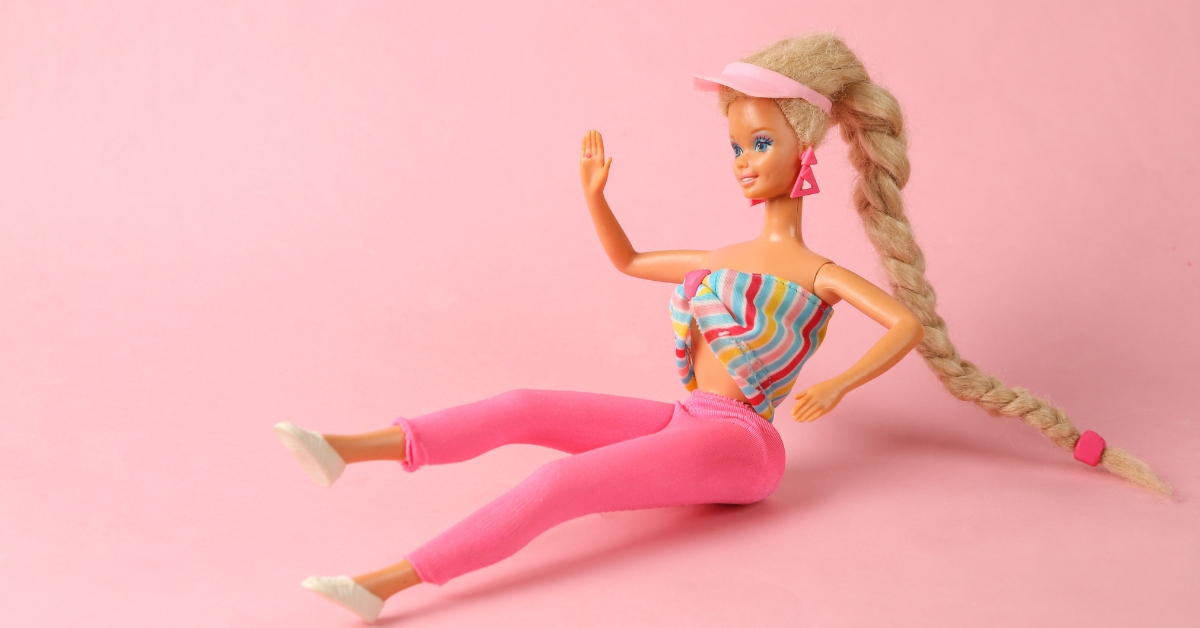Barbie is loved worldwide, but in Japan, the way she is perceived reflects unique cultural backgrounds. Japanese people see Barbie both as a “symbol of aspiration” and as a “figure detached from reality”. This article introduces these uniquely Japanese perspectives in a way that is easy for international readers to understand.
First Impressions of Barbie in Japan
When Japanese people hear the name Barbie, the first image that comes to mind is “a tall, blonde, stylish Western woman”. Since most Japanese are shorter with dark hair, Barbie often appears distant from reality, embodying a world of aspiration.
Japan also has its own fashion doll, Licca-chan. Licca-chan reflects Japanese body proportions and facial features, which makes her much more approachable. When compared side by side, Barbie has long been perceived as a “mirror of foreign culture”.
| Doll | Features | Japanese Impression |
|---|---|---|
| Barbie | Blonde, tall, slim body | A distant symbol of aspiration |
| Licca-chan | Petite, dark hair, Japanese features | Familiar and relatable |
| Common Traits | Fashion dolls | Tools of play that reflect society |
Why Japanese Children Find Barbie Appealing
For Japanese children, Barbie represents a free and independent image of an adult woman. Unlike Japanese dolls, which often emphasize domestic or family roles, Barbie presents countless careers and lifestyles, encouraging children to imagine broader possibilities for their own futures.
| Children’s Viewpoint | Barbie’s Traits | Impressions |
|---|---|---|
| Career aspirations | Jobs like doctor, pilot, scientist | Inspires children: “Maybe I can be that too” |
| Play variety | Fashion, role-play, storytelling | Expands creativity and imagination |
| Difference from reality | Body type far from the Japanese average | Evokes both admiration and discomfort |
How Adults in Japan Perceive Barbie
For adults, Barbie is more than a doll – she carries the meaning of an icon of foreign culture. Her image often conjures up “a glamorous and free lifestyle”, but at the same time, she is sometimes viewed as an “unrealistic ideal” compared to Japanese society.
There is also a connection with Western beauty standards in fashion and advertising. Barbie’s figure aligns with ideals promoted in magazines and beauty media, which can make some adults feel that an inappropriate standard is being imposed.
On the other hand, many also embrace Barbie positively as a “symbol of dreams”. Adults often recall childhood memories, seeing Barbie as a figure that nurtured their aspirations and curiosity.
| Adults’ Perspective | Positive Impressions | Negative Impressions |
|---|---|---|
| Cultural aspect | Icon of foreign culture | Does not match Japanese physique or values |
| Nostalgia | Memories of childhood admiration | Sense of imposed beauty standards |
| Social meaning | Symbol of freedom and diversity | Discomfort with the gap between ideals and reality |
Barbie Re-evaluated Through Film
The recent live-action Barbie movie became a huge success in Japan as well. The film presented Barbie not merely as a doll but as a figure embodying self-expression and women’s role in society. Japanese audiences resonated with these messages, giving Barbie a new dimension of value.
Many viewers expressed surprise at how “a childhood toy could hold social significance”, and this led to a re-evaluation of Barbie as a bridge between dreams and reality.
On Japanese social media, people highlighted the balance of humor and depth, which broadened Barbie’s appeal from children to adults.
| Film Elements | Japanese Reactions | Impact |
|---|---|---|
| Story of self-expression | Strong empathy with respect for individuality | Renewed awareness of diversity |
| Comedic tone | Accessible and lighthearted | Attracted a wide audience |
| Social themes | Women’s freedom and choices | Re-evaluated Barbie’s cultural role |
What International Readers Should Know About Japanese Views
Summarizing Japanese impressions of Barbie, several key aspects emerge:
- Barbie as an aspirational figure (foreign, extraordinary, glamorous)
- Contrasted with Licca-chan as a distinctly foreign doll
- A source of inspiration and independence for children
- A trigger for adults to reflect on beauty standards and social values
Additionally, Japanese culture emphasizes harmony and modesty. Because Barbie embodies assertiveness and bold self-expression, she contrasts sharply with Japanese aesthetics. At the same time, this very difference makes Barbie attractive, offering a glimpse into what Japan may lack. For international readers, understanding this nuanced perception provides valuable insight into how Japan interacts with foreign culture.
Conclusion
In Japan, Barbie is a figure that blends admiration with discomfort. For children, she symbolizes the power to dream; for adults, she provokes thought about society, culture, and values. Compared with Licca-chan and re-evaluated through the movie, Barbie becomes not just a doll but a mirror reflecting cultural identity and perspective.
For international audiences, learning about these Japanese perspectives sheds light on how Japan accepts foreign culture while maintaining a careful distance. Barbie’s role in Japan thus extends far beyond play – she remains a cultural icon that connects dreams, society, and identity.






